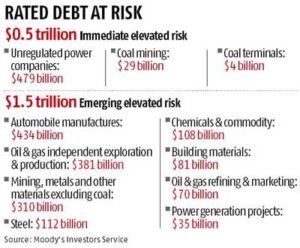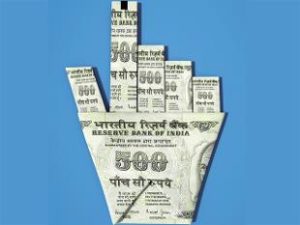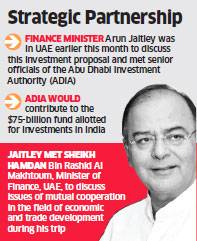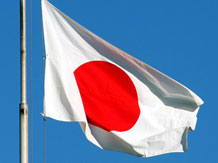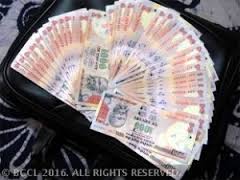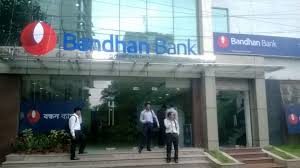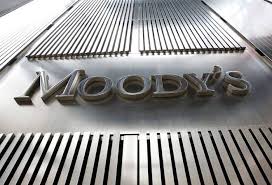 Uber’s fund-raising efforts are showing no signs of slowing down. The company, based in San Francisco, is close to completing the raising of a $2.1-billion round of venture capital, according to people briefed on the company’s plans, the company’s single-largest round to date.
Uber’s fund-raising efforts are showing no signs of slowing down. The company, based in San Francisco, is close to completing the raising of a $2.1-billion round of venture capital, according to people briefed on the company’s plans, the company’s single-largest round to date.
Once completed, the investment will value the company at $62.5 billion, according to three people briefed on the plans, securing Uber’s place as the world’s most valuable private start-up.
Tiger Global Management participated in the newest round, led by its partner Lee Fixel, as did T Rowe Price, said the people, who spoke on the condition of anonymity because the terms are still private.
Talks of the funding plans were previously reported by The New York Times in October. On Thursday, Bloomberg News reported the $62.5-billion valuation.
Uber declined to comment on any fund-raising talks, as did T Rowe Price. A Tiger Global spokeswoman declined to comment.
Competition is intensifying in the global ride-hailing market, as rivals like Lyft, Didi Kuaidi and other companies raise billions of dollars in to expand as quickly as possible. Lyft, another ride-hailing start-up, is in talks to raise a further $500 million in funding, according to four people briefed on the round, which could value the company at roughly $4 billion. Didi Kuaidi, to date, has raised more than $4 billion in private investment.
The participation of Tiger Global, however, is particularly interesting. Tiger Global is an investor in Ola and GrabTaxi, two of Uber’s largest competitors in India and Southeast Asia.
It is perhaps the first time a major institutional investor participated in the rounds of both Uber and its major competitors. And on Thursday, Ola and GrabTaxi announced a strategic partnership with Lyft, which is also based in San Francisco and is Uber’s major competitor in the United States.

